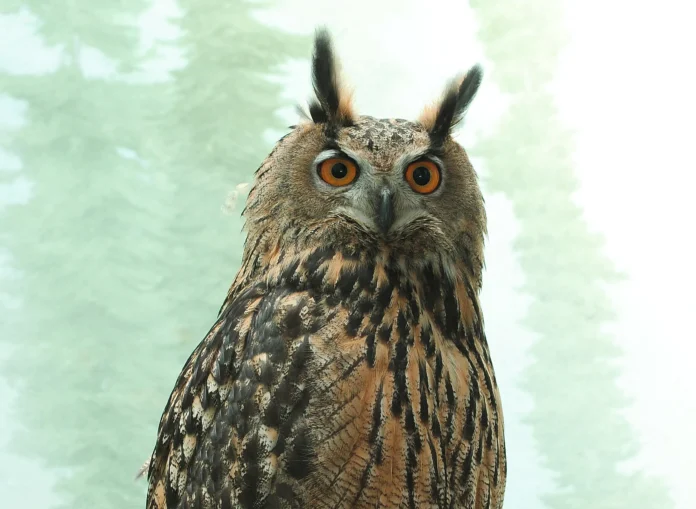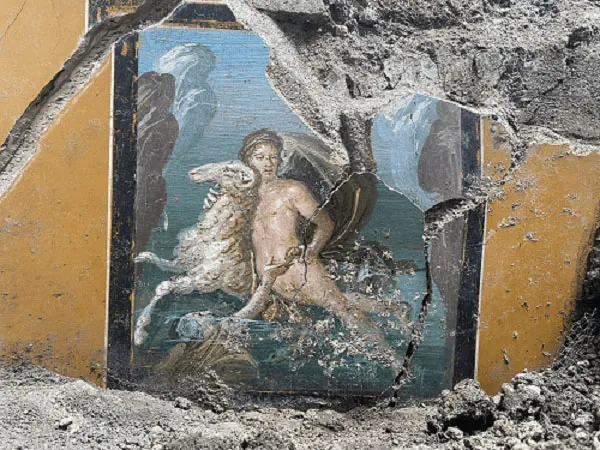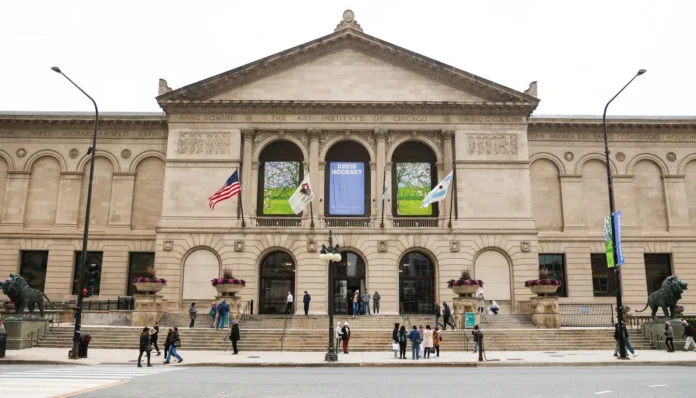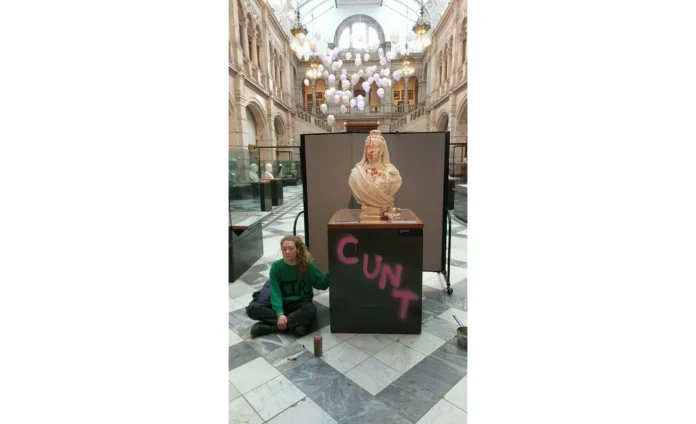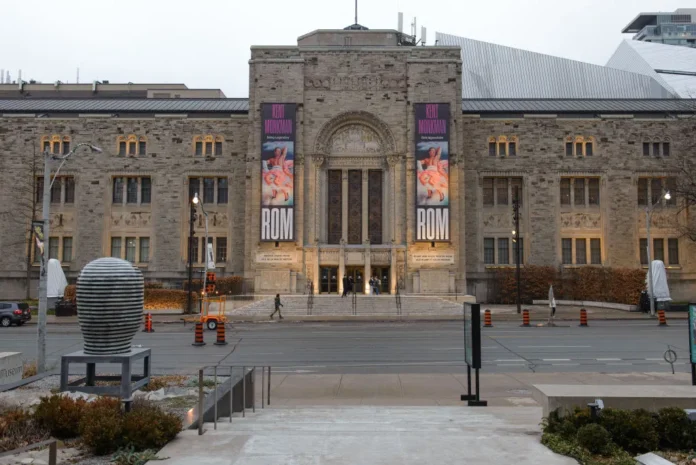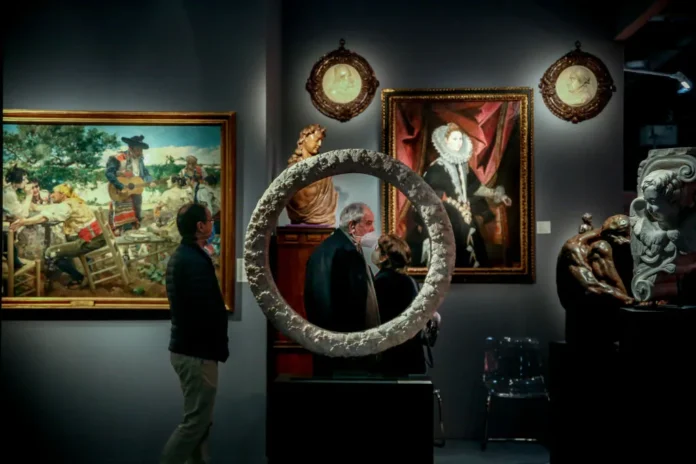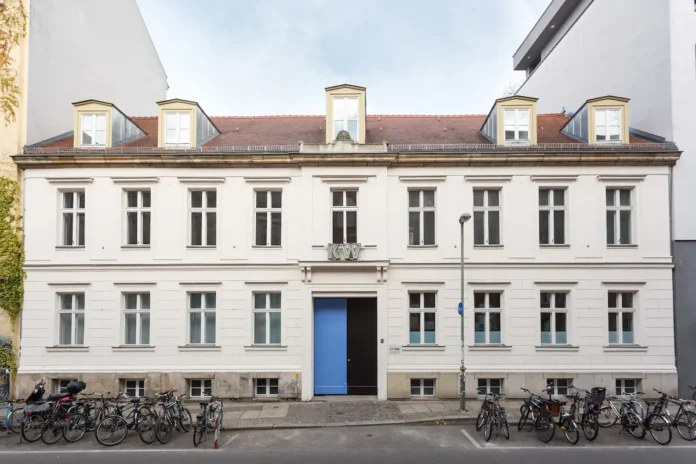The end of the Ottoman empire unleashed a renaissance in literature and the arts. Traditional arts had suffered under ailing economies and the transfer of patronage from urban regional centers to the Ottoman court. By World War I, artists had turned to Western art as a representative form of modern expression. As a result, a new separation emerged between traditional art in all its forms and what came to be known as the fine art of easel painting. Traditional arts such as painting on glass and leather, woodwork, glassmaking, metalwork, textiles, and wall frescoes were considered naive and repetitive, relying less on intellect and more on archaic traditions. Painting on glass is one example of a dying tradition that ended with the passing of the last Syrian painter in this genre (Abou Subhi al-Tinawi, Muhammad ‘Ali fi al-Sham) waletqq.
By mid-century, many of the countries in western Asia that were under European dominance gained their independence. These new nations claimed a renewed political as well as cultural identity. Iraqi artists joined poets and architects in advocating a modernity that embraced the rich and diverse local heritage. Reminiscent of Islamic civilization’s success in creating a new culture that embraced and synthesized the diverse cultural characteristics of the societies it conquered, modern artists continued to select, reshape, and explore new ways to create contemporary art. They drew from an accumulation of sources: prehistoric, Mesopotamian, Hellenistic, Roman, Byzantine, Islamic, Persian, Coptic, and Indian. New expressions emerged in regional art, Islamic art, and between art and poetry.
Religious Art
Christian doctrine and the monastic way of life were first established in Syria and Egypt. In the early Christian era, Syrian artists were among the first to paint icons, illuminated manuscripts, and church murals. In the twentieth century, Christian art continued to flourish in Armenia, Cyprus, Lebanon, Palestine, Syria, Sinai, Crete, the Balkans, and Asia Minor. Iconographers followed the canons of the Eastern Orthodox Church with variations in style that reflected the diverse cultures of the region. Twentieth-century Arab iconographers continued this traditional art, passed from one generation to the next (Milad al-Shayeb, Saint Panteleimon). Icons were sought after by pilgrims and tourists to the Holy Land and monasteries in the region. Several modern artists, inspired by this tradition, produced new interpretations that combined the religious and the secular (Elias Zayat, Last Supper).
Islamic Art
While manuscript and book arts such as illumination, miniatures, and bookbinding declined, Arabic writing known as khat (calligraphy) continued to flourish. Since Islam does not favor human-based imagery and limits its use to secular buildings and illuminated manuscripts, Arabic calligraphy continued to be used as the single most prominent element in religious architecture. Because Arabic is the revered language of the Qur’an, Arabic calligraphy, long considered a sacred art, was regarded as the visible embodiment of the divine word. Among the most popular forms of calligraphy were quotations from Qur’anic verses, the Traditions of the Prophet, and Arabic proverbs, as well as representations of God’s attributes. The elasticity of Arabic writing permitted an infinite number of forms, allowing artists to explore traditional Islamic calligraphy by using contemporary styles and techniques. These modern calligraphers followed any one of the myriad of classical styles, and at the same time introduced new interpretations in composition and media (Hashim al-Khattat, Untitled). Aside from their aesthetic value, Arabic letters are imbued with meaning and symbolism; their abstracted forms gave Arab artists a means of asserting their heritage within prevailing Western artistic trends waletqq.
Twentieth-century artists have explored calligraphy and geometric forms within an Arab-Islamic cultural context, in the process creating a new artistic vocabulary for modern art. Basing their work on Islamic geometric art and mathematical values, some artists revitalized the traditions of harmony and symmetry (Kamal Boullata, Eppur si muove no. IX), while others mastered Islamic techniques of ceramics (Wasma’a Chorbachi, The Mystery of Supplication). The contemporary free-style of calligraphy first appeared in Iraq around 1950. In contrast to formal styles of Islamic calligraphy, artists rendered letters in a free and abstracted form (Madiha Umar, At the Concert). In 1971, a group of Iraqi artists exhibited works that deconstructed the Arabic letter, thereby giving it a new dimension, which sparked a discourse on the theoretical implications of the abstracted Arabic letter. Modern calligraphic artists also used a word or phrase to convey a direct message, or they created compositions from the shapes of Arabic words. Others incorporated indecipherable cursive writing within the body of the work to evoke the illusion of writing (Jumana El-Husseini, Untitled) or used the letter as a structural element (Wijdan Ali, Karbala Series: Hussein). Some have been inspired by the medieval Sufi practice of studying the numerical and symbolic value of Arabic letters (Shakir Hassan al-Said, Objective Contemplations).
Image and Word
With its rich symbolism and imagery, Arabic poetry has captivated generations of Arabs since the pre-Islamic era. Similar to classical calligraphy, Arabic poetry traditionally has been subject to rigid rules. However, in the second half of the twentieth century, the boundaries of poetry gave way to a freer verse. Today, poetry remains a potent and ever-popular form of expression.
Literature, particularly poetry, has had a long and productive relationship with the arts of the twentieth century. Arab artists inspired by poetry have produced diverse works—from fiber art to engraving—devoted to classical and popular Arabic poetry (Rafa Nasiri, Homage to al-Mutanabi). Many modern art critics have been poets and authors who formed close relationships with artists. Collaborations between artists and poets have produced books in which the fusion of image and word manifests an aesthetic synergism that is not meant to be an illustration but rather a transformation of two languages—the visual and the written. Other artists inspired by modern poetry have underscored its visual aesthetic while retaining its literary value (Etel Adnan, Allah).



